
O and D, Russia, 2014
By Tiffany Vargas
Photographer Robin Hammond shot the subjects of his exhibit “Where Love is Illegal” with a very old Polaroid camera to ensure that they felt safe. “For some of the people who did not want to show their faces, the condition was that I’ll take the photograph, you take the Polaroid and if you think it’s okay, you can give it back to me. If it’s not, you destroy it,” said Hammond.
The exhibit at the Bronx Documentary Center documents the experience of the LGBT+ community who have survived discrimination and abuse. In a talk at the center in early February, Hammond shared stories of his LGBT+ subjects who live in countries where they risk their lives because they are gay, lesbian, or transgender.
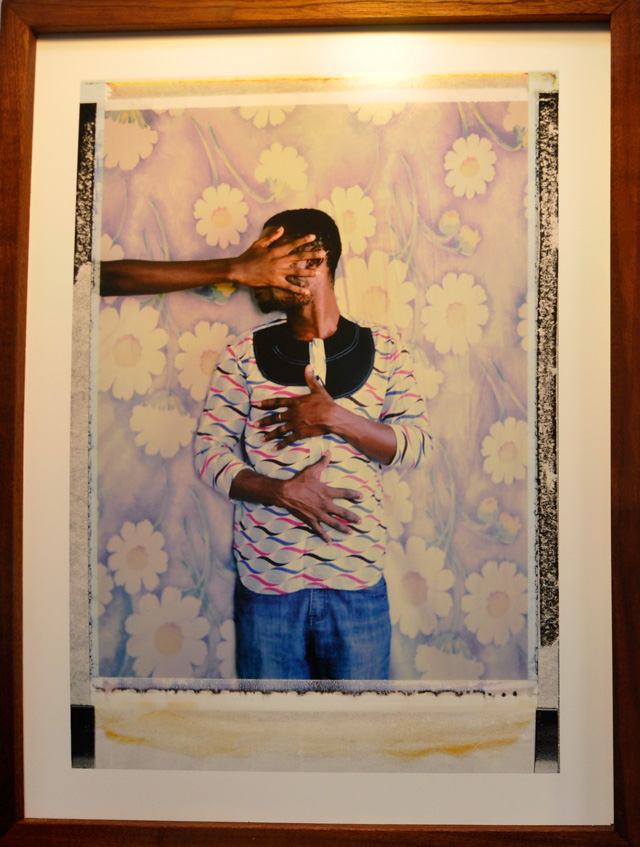
Annobil, Ghana, 2018
Due to the strict laws in these countries regarding the LGBT+ community, Hammond says he had to look for people in places like HIV camps or Red Cross shelters. He photographed and interviewed over 200 people and collected a piece of writing from each of them so they could personally tell a part of their own story. According to Amnesty International, same-sex sexual activity is criminal in 72 countries. In eight countries, including Iran, Saudi Arabia, Sudan and Yemen it can result in a death sentence.

Hammond said he is of a social class and gender where he is allowed a voice that’s denied to the people he’s photographing. “I believe that with privilege comes responsibility and an obligation to make sure that these hidden people are seen and these silenced voices are heard,” he said.
During his talk, Hammond said a few of his subjects had a lasting impact on him but he got particularly choked up when talking about a man he referred to as “B” from Kenya. He explained that B said he was apprehensive about telling his family about his lover and that he had to run away from a mob that tried to kill them at his engagement party. Ultimately, he explained, B’s lover was killed after being stabbed in the chest. “He wept because his heart was broken and he wept because he was too poor to pay his rent and will be evicted any day, and he wept because he saw no future,” Hammond said. “And in the end, this lovely man died because bigotry made him too poor to pay for medical care that he needed.”
Stories similar to B’s lined the exhibit walls. They, along with the ones shown in Hammond’s presentation, were deeply moving to many in the room. Tierra Meschell, 30, who is a photographer herself, found the stories and photos upsetting. “It was pretty tragic and heartbreaking but a reality for so many people,” she said.
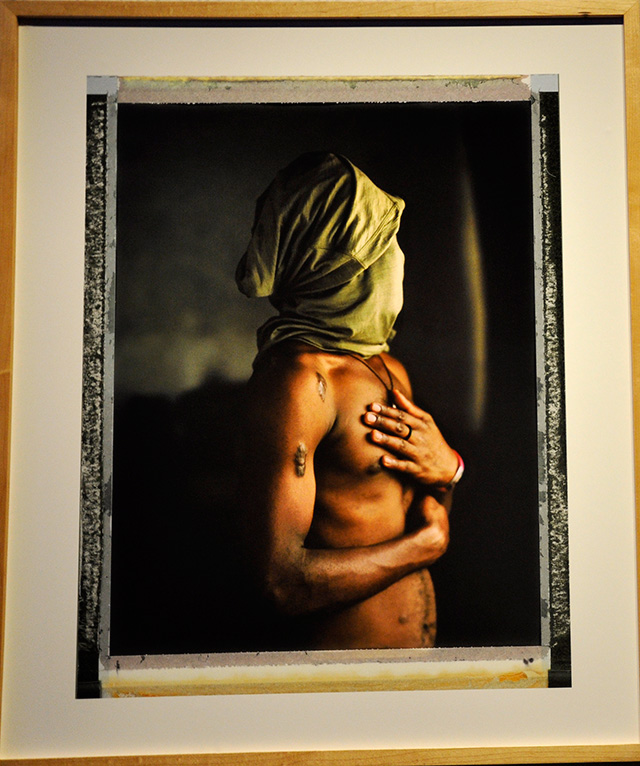
Simon, Uganda, 2014
Alex Mangum, a 31-year-old graduate student at Columbia, was particularly touched by the exhibition. “The photos are incredibly beautiful and moving,” she said. “The stories on the panels next to them are pretty horrific. So they’re difficult to swallow and there’s a bit of a juxtaposition between the beauty of the photos and how horrifying the stories are.”
“Where Love is Illegal” will shown until March 24th at the Bronx Documentary Center. Hammond plans to continue working on this project. “There is no guarantee that this work will make a difference,” he said. “But I think that what we can absolutely guarantee is that if we don’t try, nothing will change.”
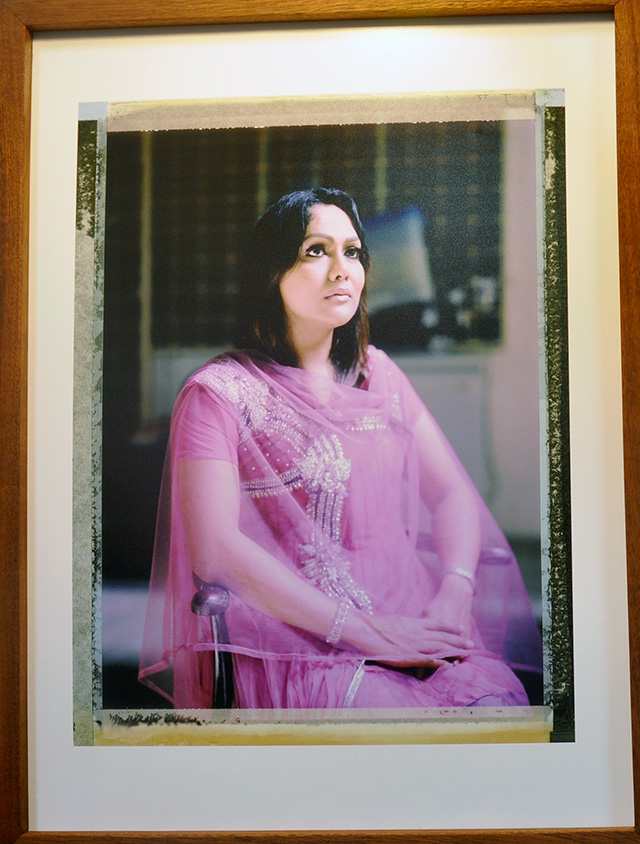
Nisha Ayub, Malaysia, 2015



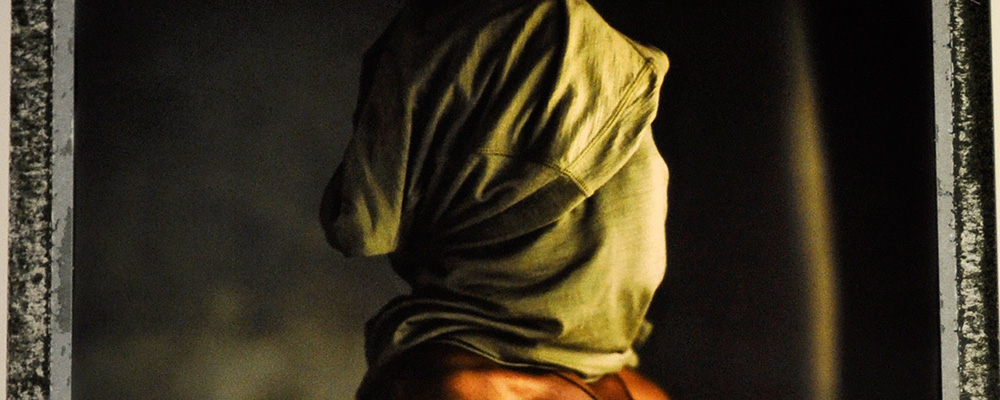
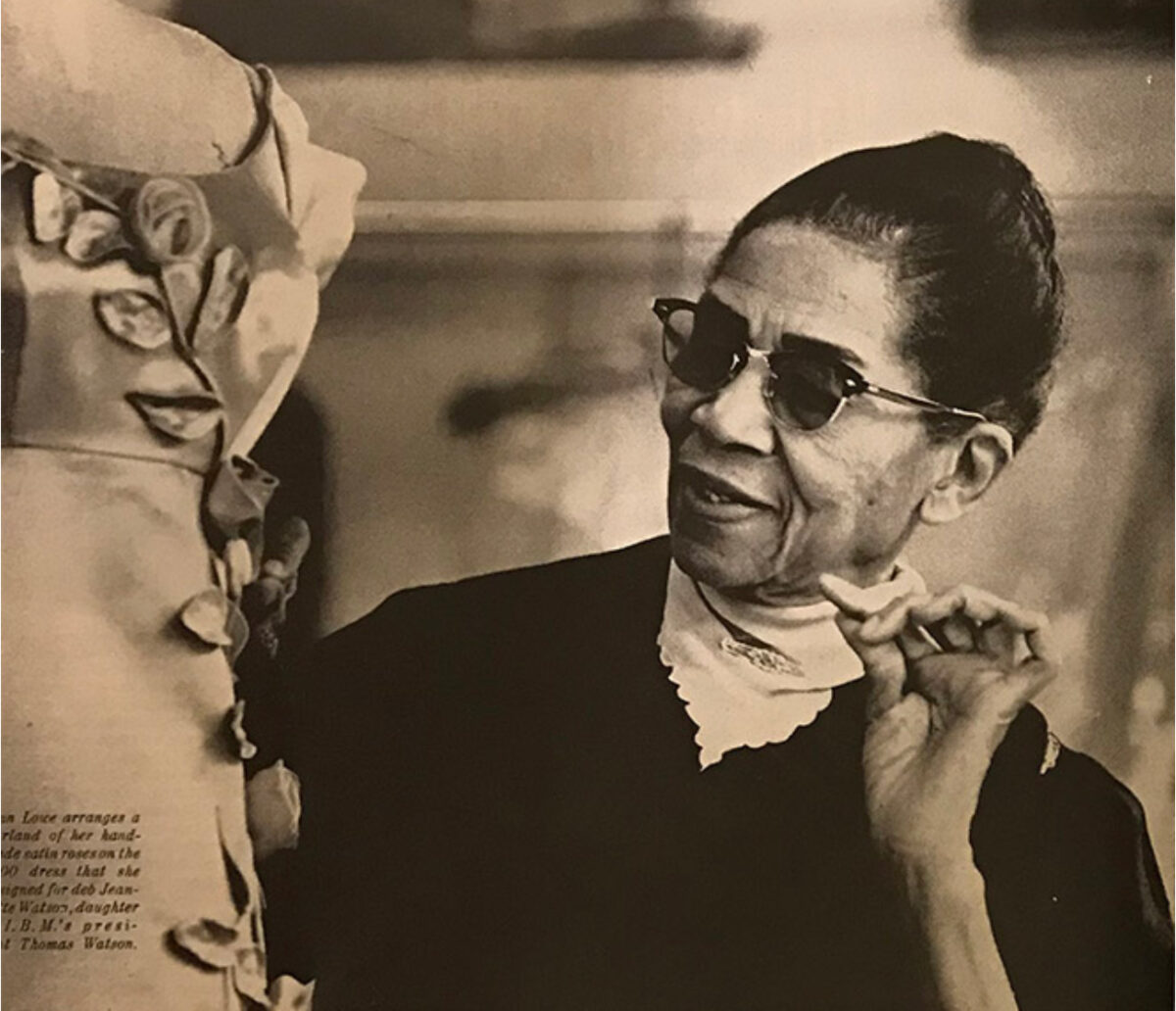

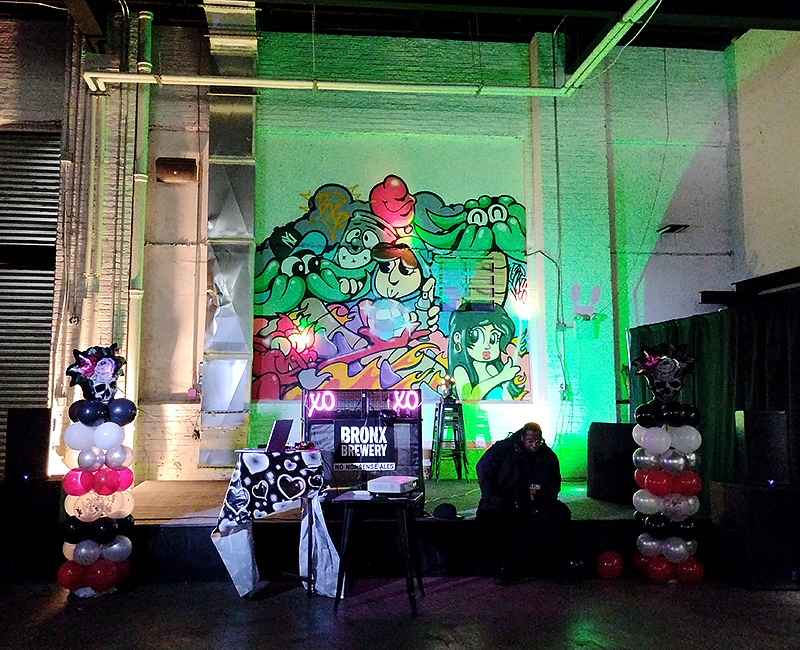

No comments